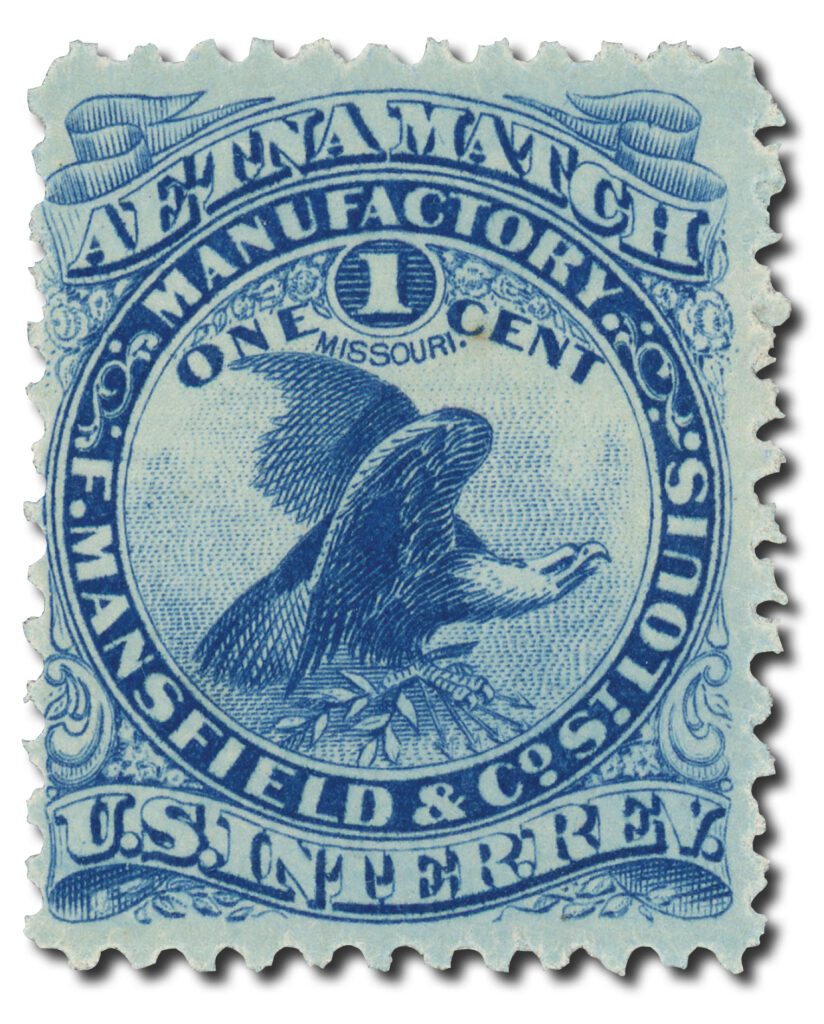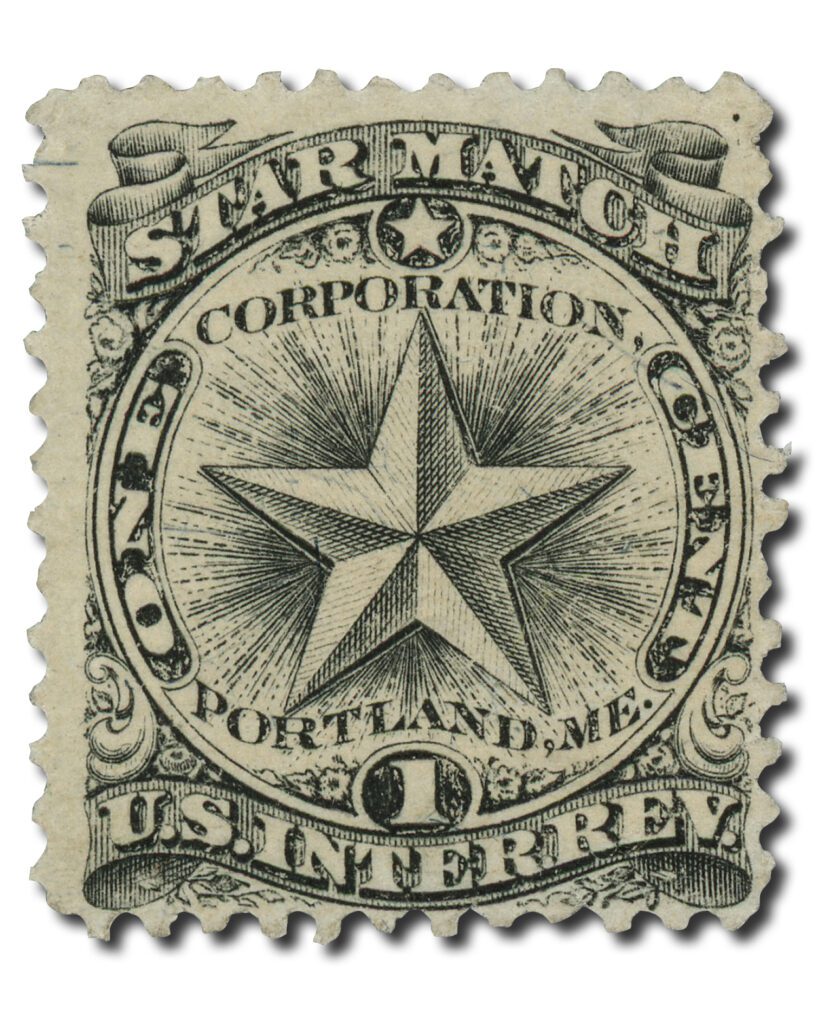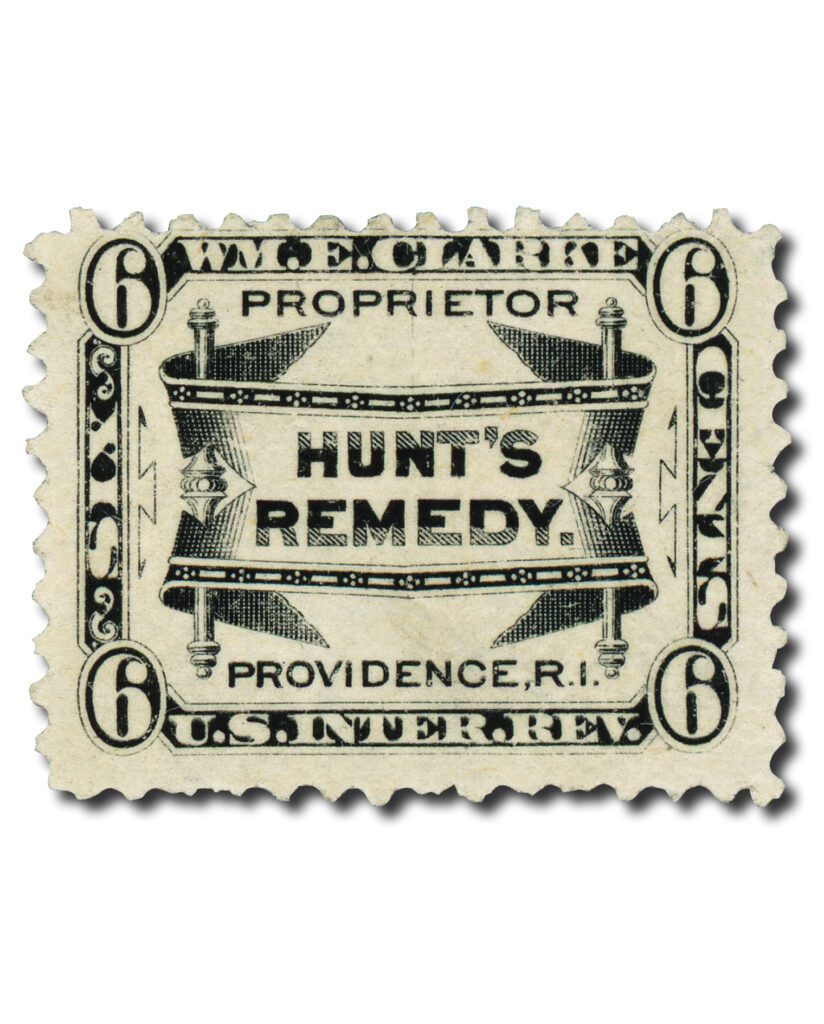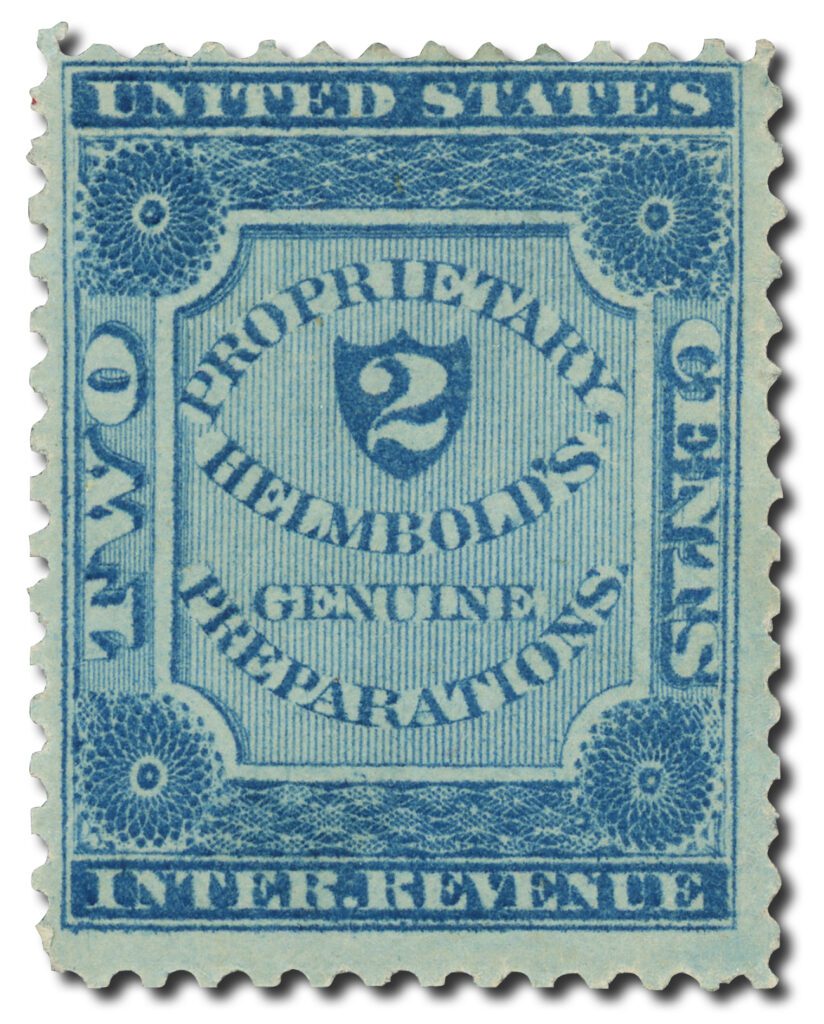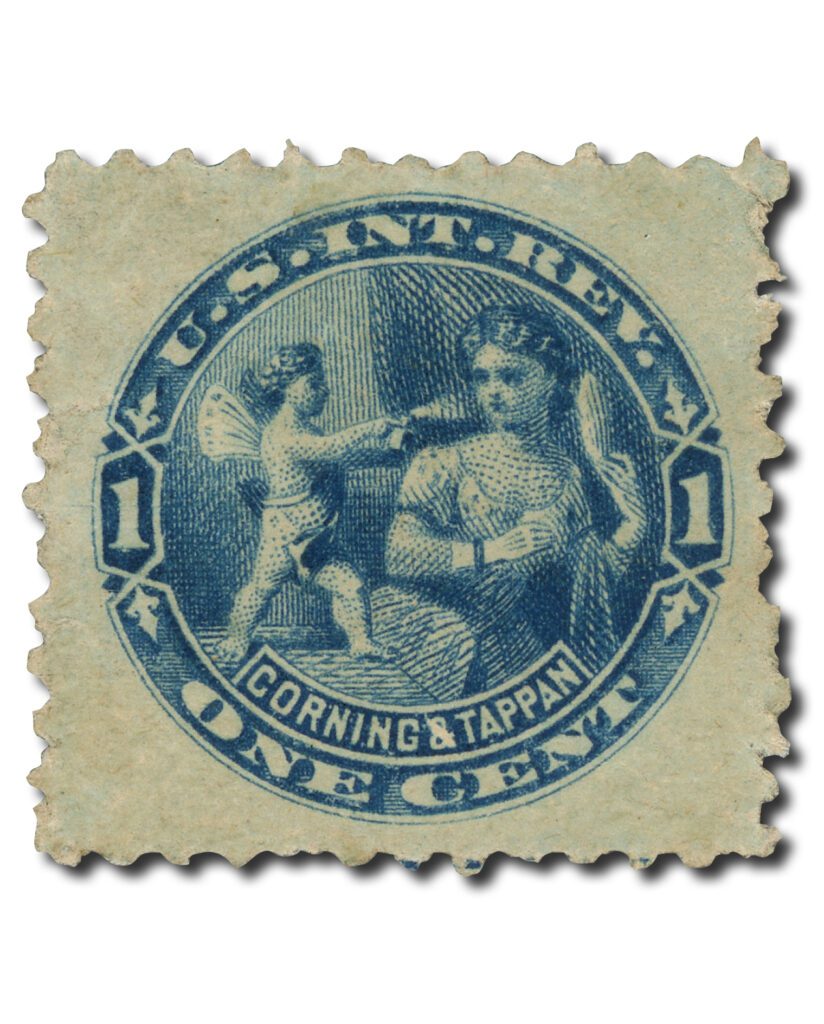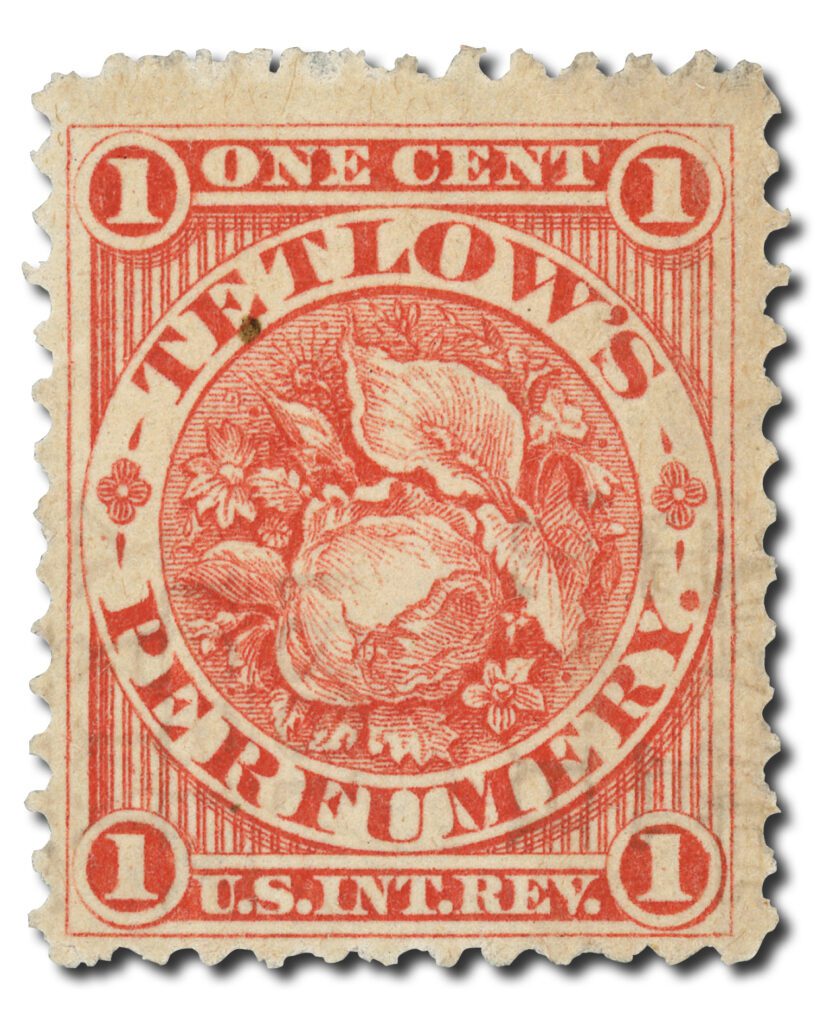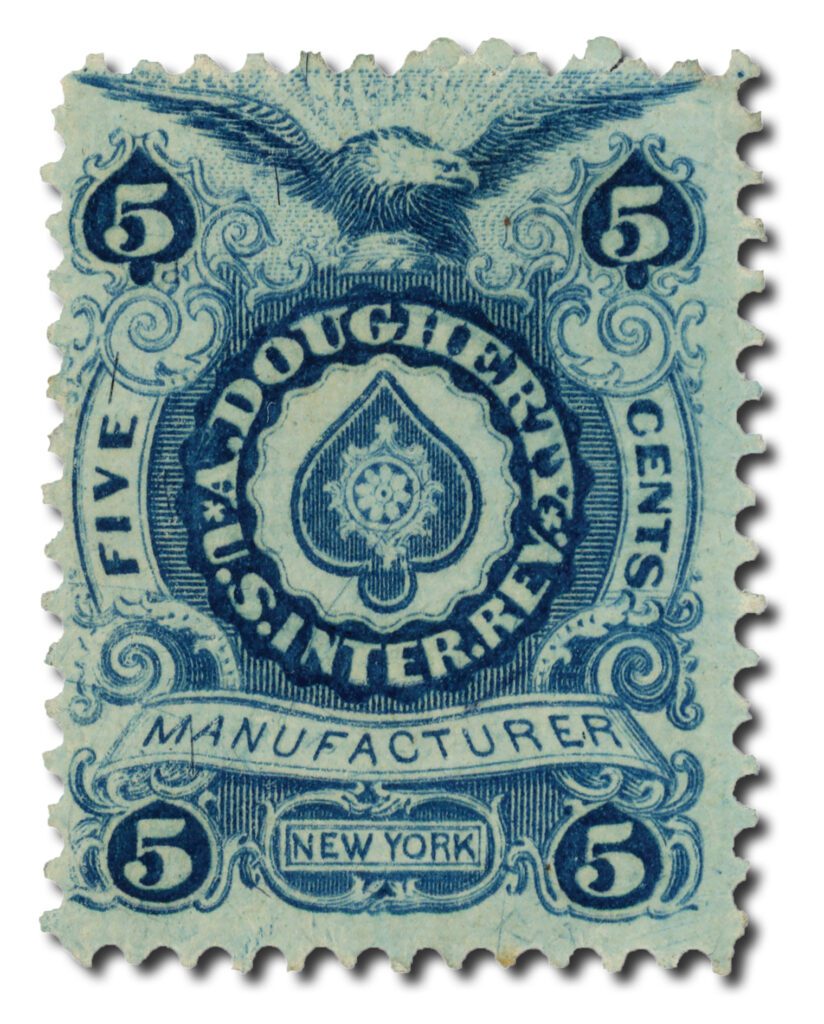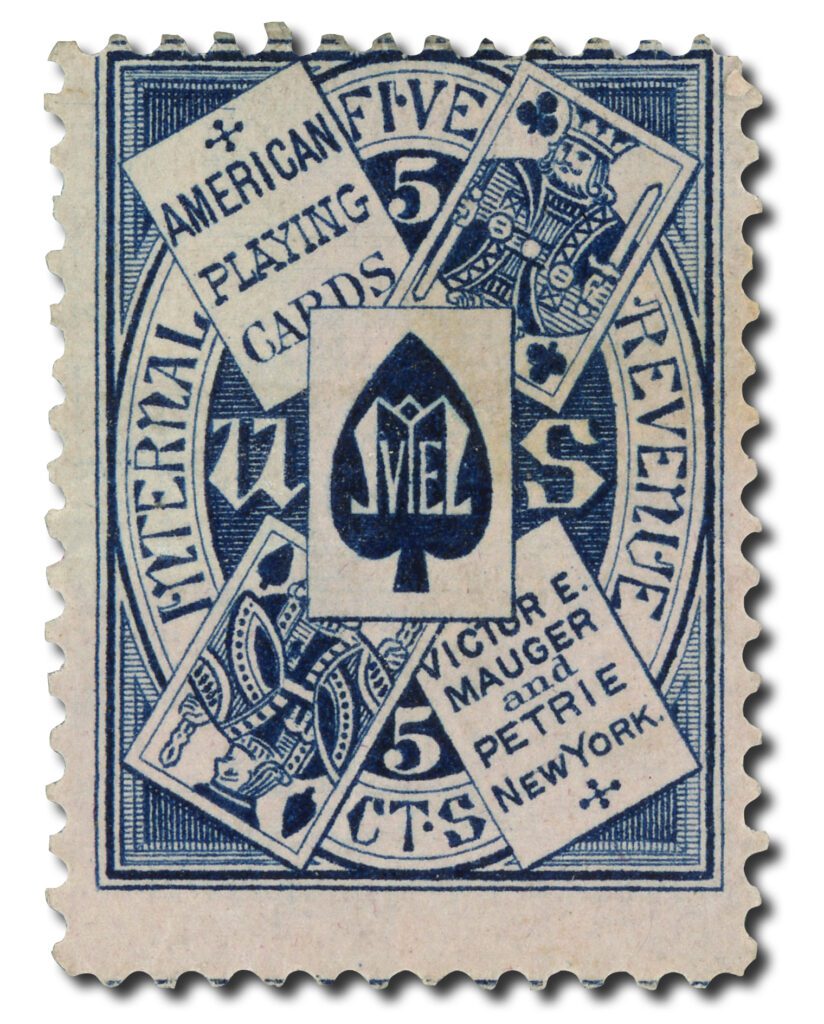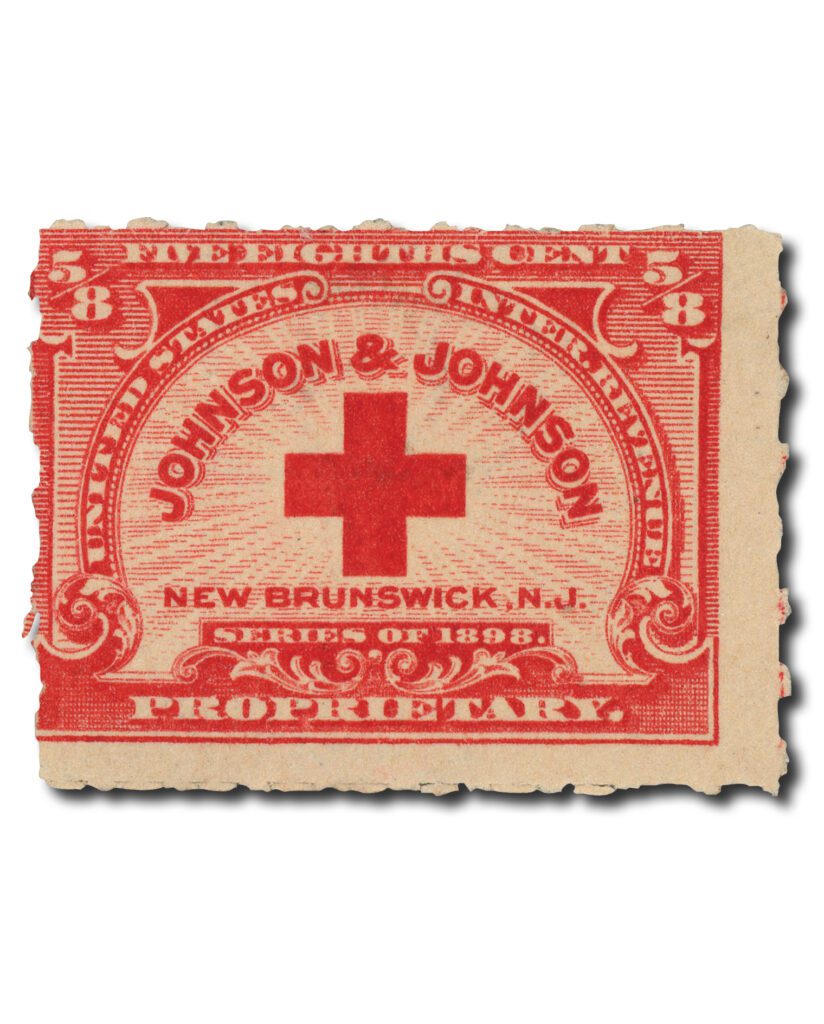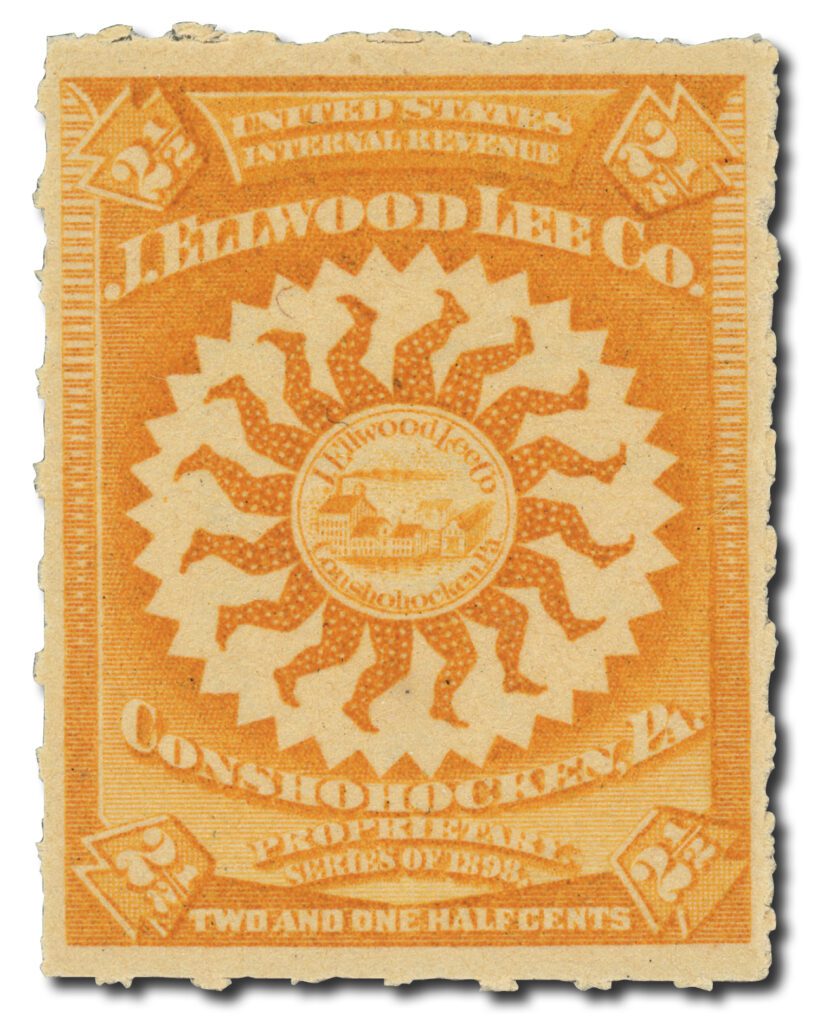Private Die Proprietary Stamps
Private Die Proprietary stamps hold a unique place in the history of American stamp collecting. These ornate and often visually stunning stamps were not issued by the government for postage, but rather created by private companies to pay taxes on proprietary goods—most notably during the Civil War and the Spanish-American War. They arise from a fascinating intersection of commerce, taxation, advertising, and artistry.
What Are Private Die Proprietary Stamps?
Private Die Proprietary stamps, often referred to as Match & Medicine stamps, are a special class of Revenue stamps. Unlike standard government-issued Revenue stamps, these were custom-designed and printed for individual companies, typically manufacturers of matches, medicines, perfumes, playing cards, and other proprietary goods. The stamps served two purposes:
- Tax Payment: They documented the payment of federal taxes required on certain consumer goods.
- Advertising: They allowed manufacturers to display their brand, logo, or even product imagery directly on the stamp, turning a tax obligation into a marketing opportunity.
Civil War Origins
The origins of Private Die Proprietary stamps trace back to the Revenue Act of 1862, enacted as the US government sought new sources of income to fund the Civil War. The act imposed taxes on a wide range of goods, including patent medicines, matches, and playing cards. Manufacturers were permitted to commission their own distinctive stamps—provided they bore the cost of designing and producing the dies.
The Five Types
|
Type |
Scott Prefix |
Common Uses |
|
Matches |
RO |
Matchboxes and match packages |
|
Medicines |
RS |
Patent and proprietary medicines |
|
Perfumes |
RT |
Perfumes and cosmetics |
|
Playing Cards |
RU |
Decks of playing cards |
|
Canned Fruit |
RP |
Canned fruits and preserved foods |
The End of Private Dies
The use of Private Die Proprietary stamps largely ended with the repeal of the tax on March 3, 1883. However, they made a brief return during the Spanish-American War. From July 1, 1898 to July 1, 1902, patent medicines, perfumery and cosmetics, chewing gum, and sparkling wines were taxed. Only a few medicine companies made use of private dies this time, though, with most using generic stamps produced by the government.
The Legacy of Private Die Proprietary Stamps
Private Die Proprietary stamps are more than just remnants of a bygone tax system—they are miniature works of art and windows into the entrepreneurial spirit of 19th-century America. Their combination of historical significance, visual appeal, and rarity has made them a beloved specialty within US philately. Today, they continue to captivate collectors and historians alike, offering insights into the nation’s economic and social history.

